Satisfy your inner cravings with these easy kimchi Korean rice balls (jumeok bap, 주먹밥). Simply made by blending leftover sushi rice with kimchi and vegetables, shaping them into a compact ball, and finally coating them with a homemade seaweed seasoning. Try stuffing the rice balls with leftover bibimbap or BBQ beef for a tasty lunch, snack, or party appetizer.
These kimchi rice balls might only be bite sized, but they deliver big bold umami flavors with their spicy, savory, and tangy notes. Delicious chilled or even at room temperature making them the star of any bento lunch box.
As a bonus, we are sharing with you how to make homemade furikake seasoning (rice sprinkles) because we are all about staying on budget and using up the ingredients you have on hand.
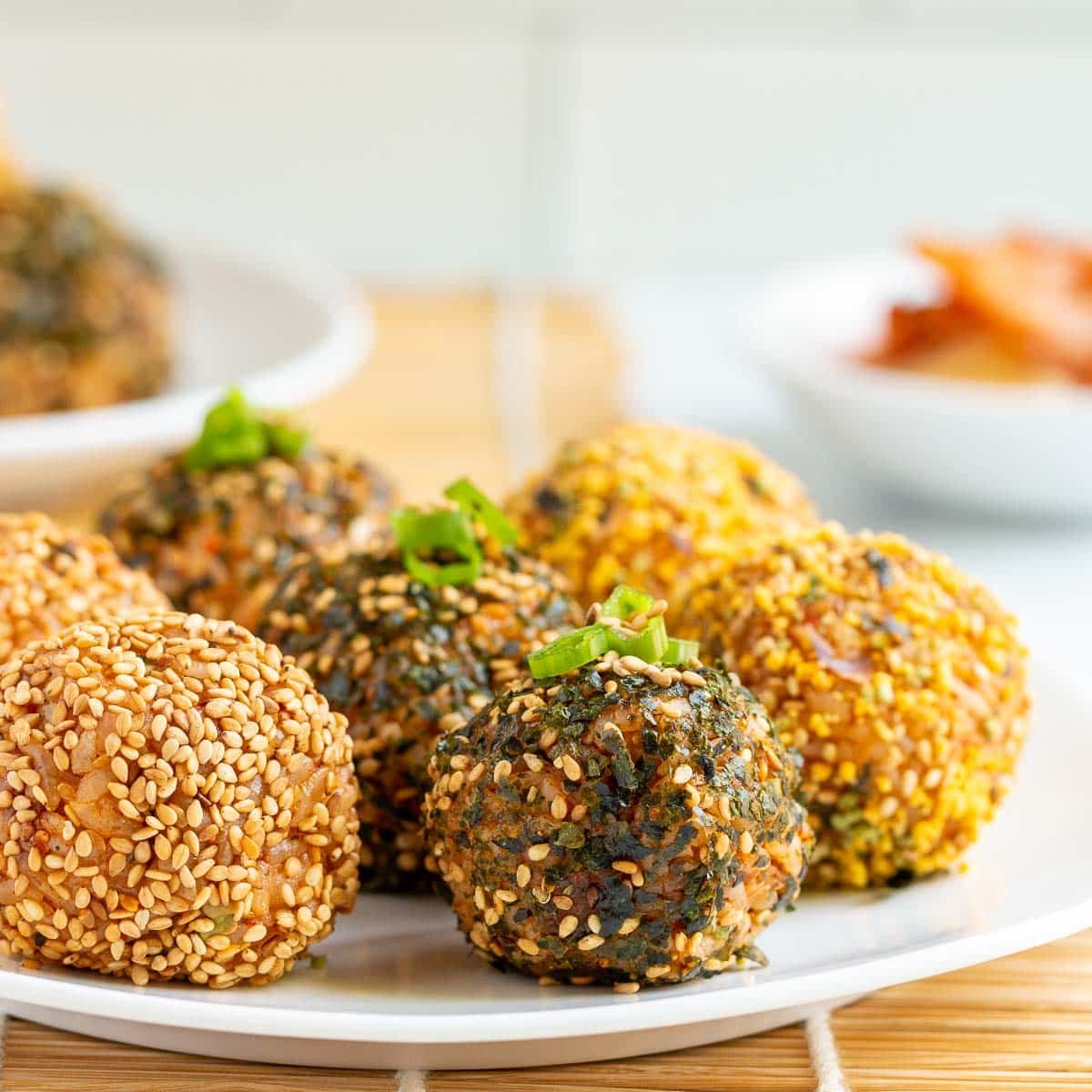
Jump to:
- Budget Friendly
- Ingredients Jumeok bap
- Nori Furikake
- How to Make Rice Balls?
- 3 Ingredient Home Furikake Rice Seasoning
- How to make Homemade Furikake Seasoning?
- How to Make Rice Balls Hold Together?
- Favorite Fillings
- How to Stuff?
- How to Serve?
- Frequent Asked Questions (FAQ’s)
- More Easy Bento Box Ideas
- More Delicious Korean Recipes
- Kimchi Korean Rice Balls
Budget Friendly
Are you still recovering from sticker shock from the last grocery trip? Let’s double down and make sure that no food goes to waste. You can literally add anything to sticky rice balls – making them the perfect vessel for refrigerator clean out day.
You would be amazed at all the delicious pantry meals you can make with the little bits and bobs of veggies or proteins in your refrigerator and a few staples. If grandma could make something delicious appear like magic, so can we!
Ingredients Jumeok bap
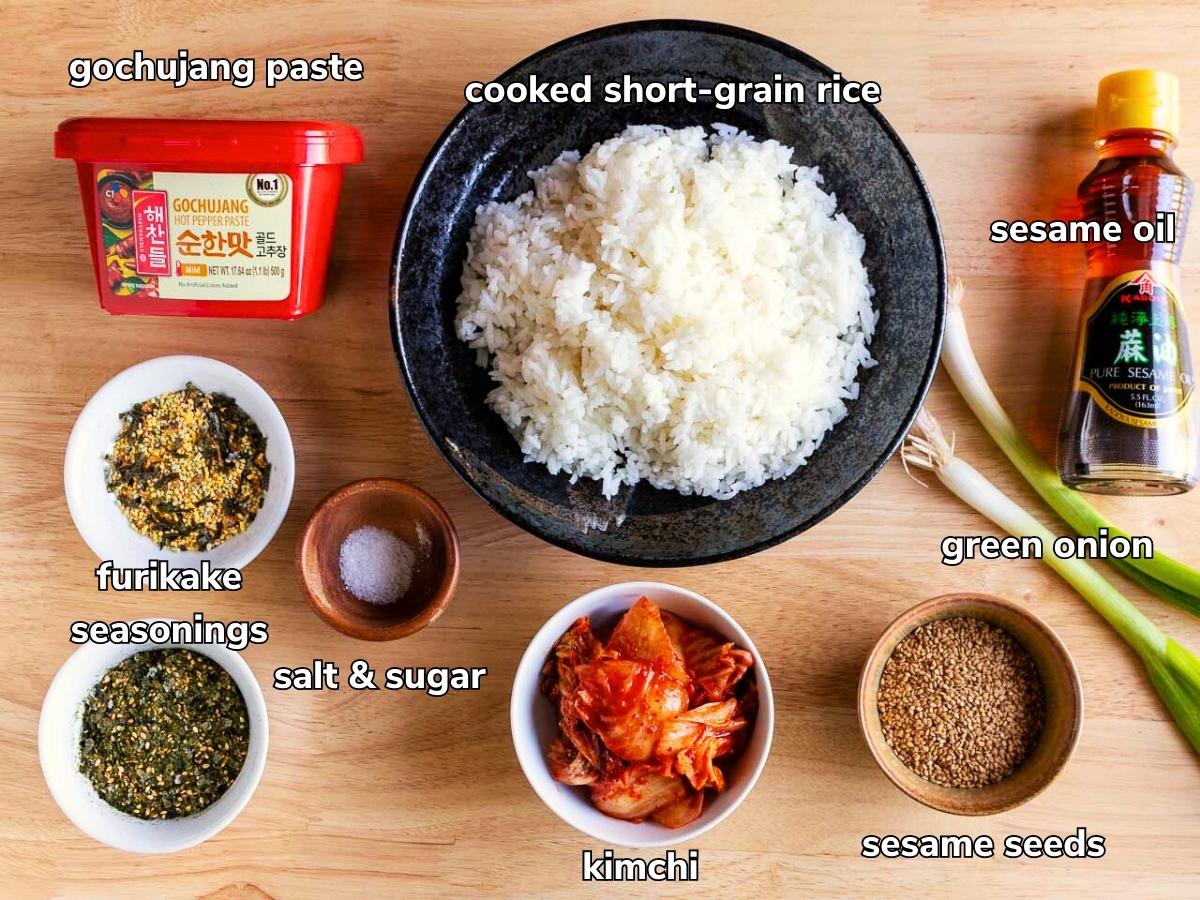
Cooked short grain rice (sushi rice) is called bap or 밥 in Korean. This grain has more starch, making it stickier than long grained rice and thus easier to form balls. Just because it is stickier, please do not confuse this with sweet glutinous type used to make mango sticky rice.
Toasted Sesame Oil is one of the most important ingredients. This simple ingredient is what differentiates Korean Rice Balls from Japanese Rice Balls. We also use sesame oil to prevent the rice from sticking to our hands when we are rolling them.
Kimchi – is made with salted fermented vegetables like napa cabbage and more. It gives these Korean snacks a delicious umami and funky flavor just like our creamy kimchi pasta. Not to mention, fermented foods are great for your gut biome and act like a probiotic.
Vegetables – We used some sliced green onions but grated carrot, finely sliced spinach, chopped bean sprouts and more are all delicious in rice balls. Bibimbap (Korean mixed rice bowl) leftovers are a nice addition too. The caveat is that all the vegetables or even mushrooms need to be finely chopped and cooked so that they are pliable and can easily be formed into a compact ball.
Proteins – now this is something you can have fun with. Try adding in or stuffing a little finely chopped Korean beef bulgogi, scrambled eggs, tuna fish or baked miso salmon into the center of the rice ball. It is all about cleaning out the little leftover bits and bobs in the refrigerator.
Gochujang – is a fermented Korean red chili paste. This optional ingredient gives our fried rice with leftover ham and kimchi Korean rice ball a kick of sweet and heat.
Nori Furikake
Dried Seaweed Seasoning is the Korean version of Japanese furikake. These fun “rice sprinkles” add flavor and texture to plain rice and kids LOVE it. In addition, it prevents these snacks from sticking to everything they touch. This seasoning usually includes dried roasted seaweed (also known as laver or Gim (김) in Korean) along with some other ingredients like dried vegetables, roasted sesame seeds, salt other flavorings.
You can purchase in the Asian food section of the grocery store or at an Asian food market. Today, we are going to show you how to make your own homemade rice sprinkles.
How to Make Rice Balls?
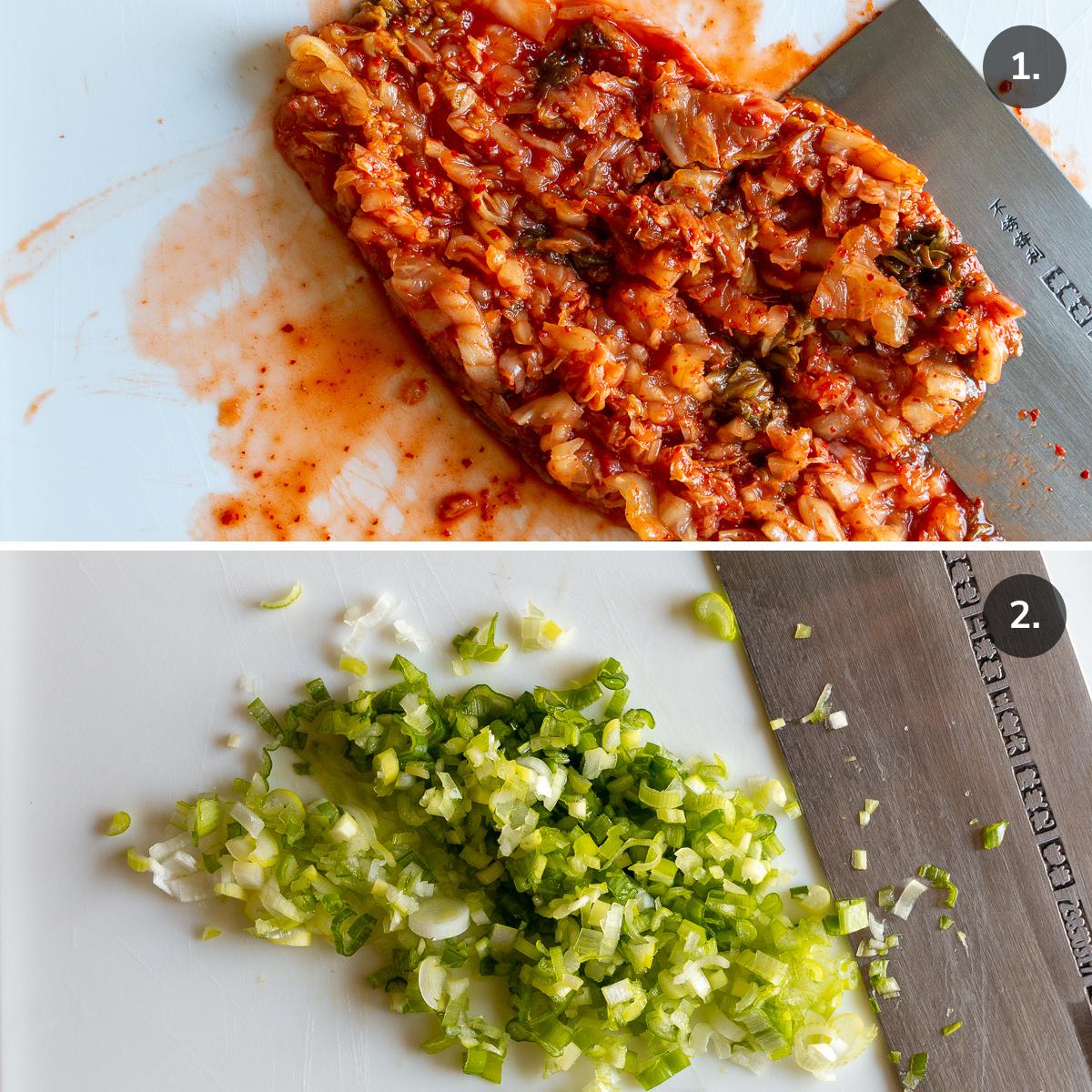
- Chop up kimchi, green onions and any vegetables or proteins desired.
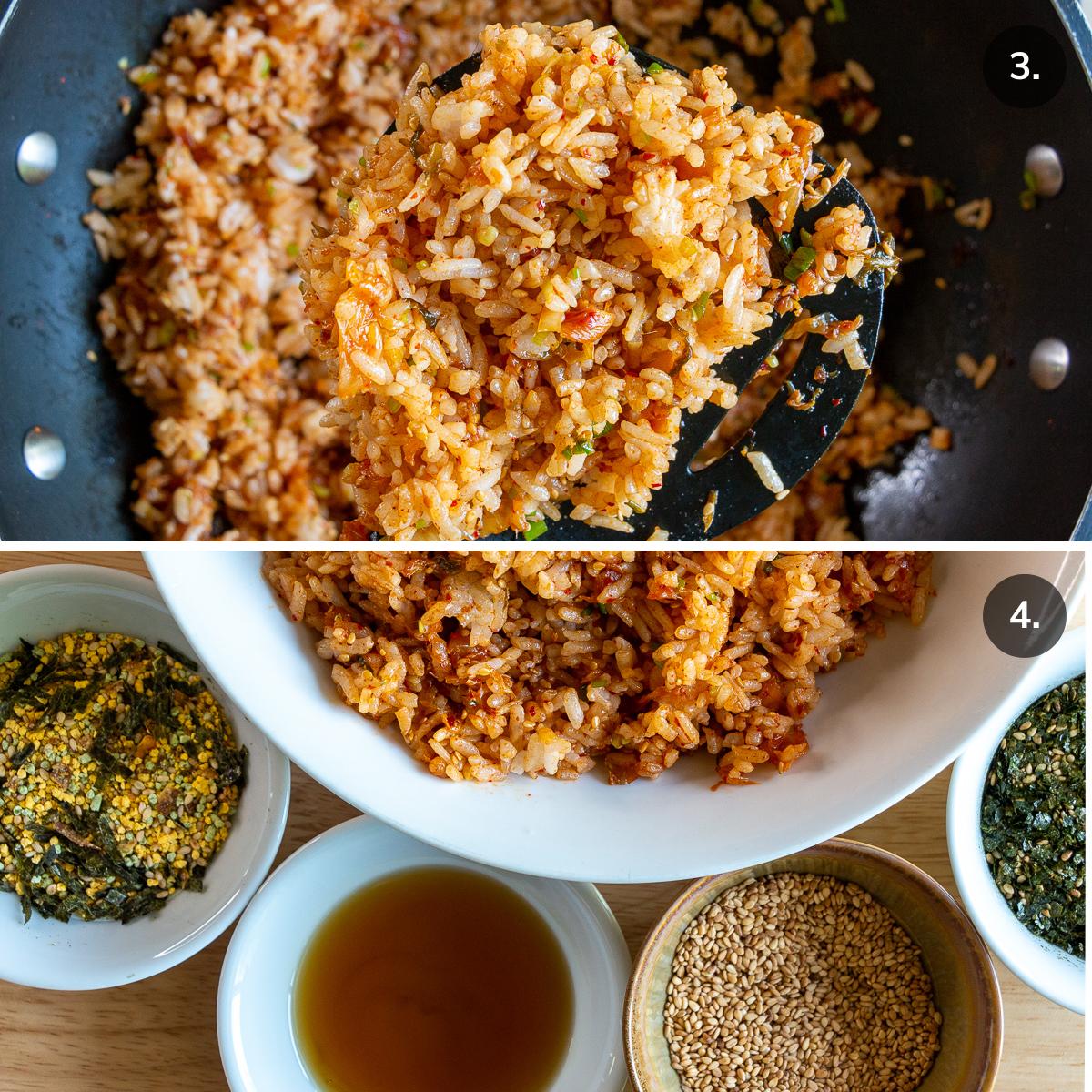
- Toss in kimchi and vegetables to a pan or wok and cook until aromatic and the liquids are absorbed.
- Add sesame oil gochujang, leftover short-grained rice, and sesame seeds to the kimchi in the pan and stir until well incorporated and the rice is warm.
- Sprinkle dried Korean Furikake seaweed seasonings on flat plates. Set aside extra sesame oil in a small bowl. Place the lightly warmed cooked kimchi rice near you so you can make Korean rice balls in assembly line fashion.
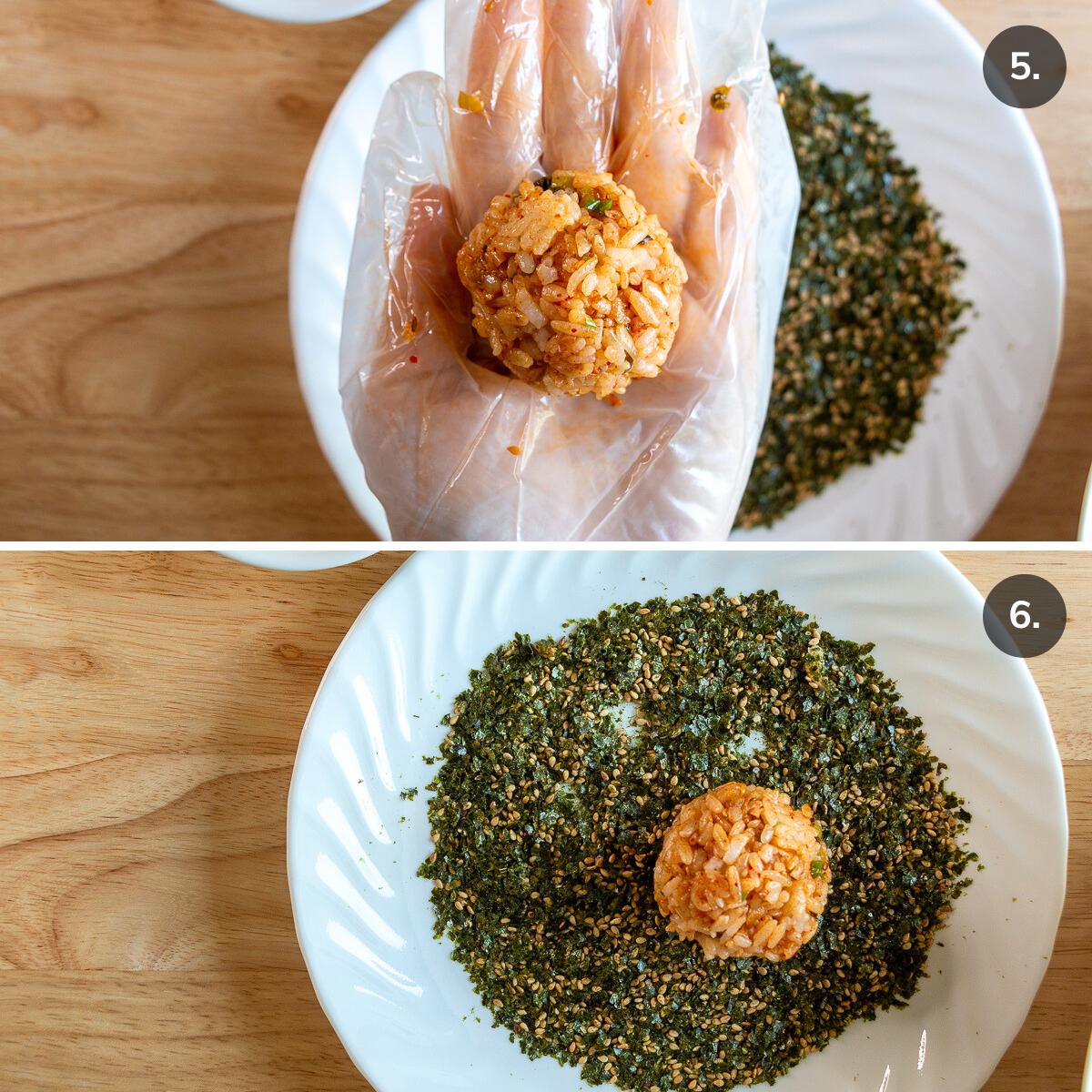
- Dip your fingers or disposable gloved fingers into the sesame oil and rub your hands together to lubricate and prevent sticking. Alternatively, you can dip your fingers and hands into water.
- Place approximately ¼ cup of rice in your hand and squeeze tight and form into a ball. You can also use a small sheet of plastic wrap to help form it into a tight ball.
- If you want to add a stuffing of bulgogi beef, bibimbap, tuna mayo or any other proteins or vegetables in the middle, first place about 2 tablespoon of warmed kimchi rice in your hand. Next, place a little spoonful of the stuffing and then another tablespoon or so of the kimchi rice on top. Then squeeze and form into a ball.
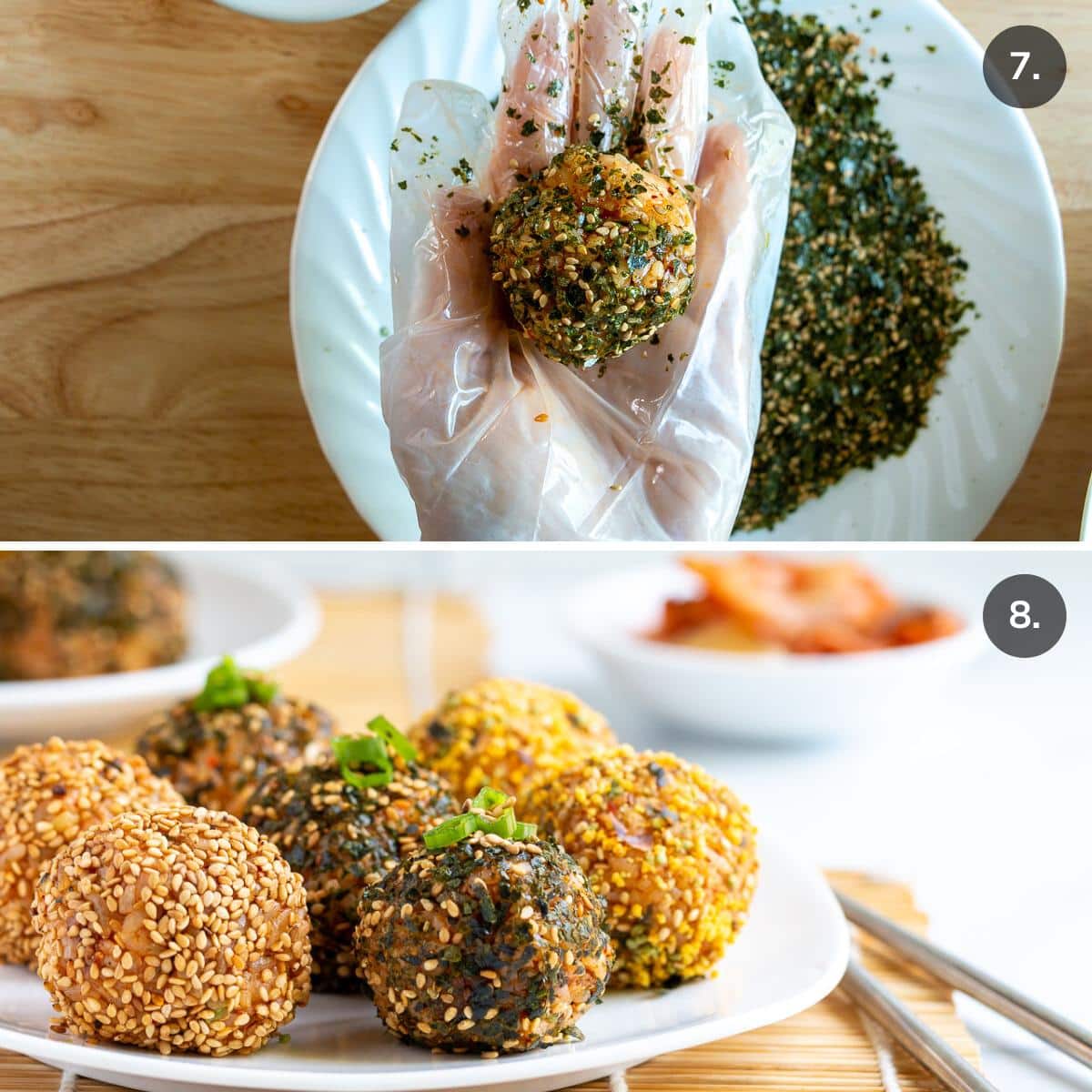
- Lastly, roll in the seaweed for rice balls or toasted sesame seeds.
- Enjoy!
3 Ingredient Home Furikake Rice Seasoning
Furikake is a dried rice seasoning. Our family refers to them as “rice sprinkles”. It turns bland boring white rice into a tasty bite. If you can’t find this Asian seasoning at the grocery store, you can use this easy furikake substitute recipe and personalize it to your taste preferences. It’s less expensive than store bought and fresher too!
- Roasted dried seaweed sheets – also known as nori, laver, gim, or김. These can be plain or seasoned.
- Salt
- Toasted sesame seeds – we used white sesame seeds, but you can also use black or a combination of both.
How to make Homemade Furikake Seasoning?
Our version of nori furikake is unique because we roast the seaweed sheets directly over the stove top burner to make them extra crunchy and it gives them this delicious toasty flavor. Head on over to our YouTube channel so you can see how we make this 3 ingredient furikake rice seasoning in action.
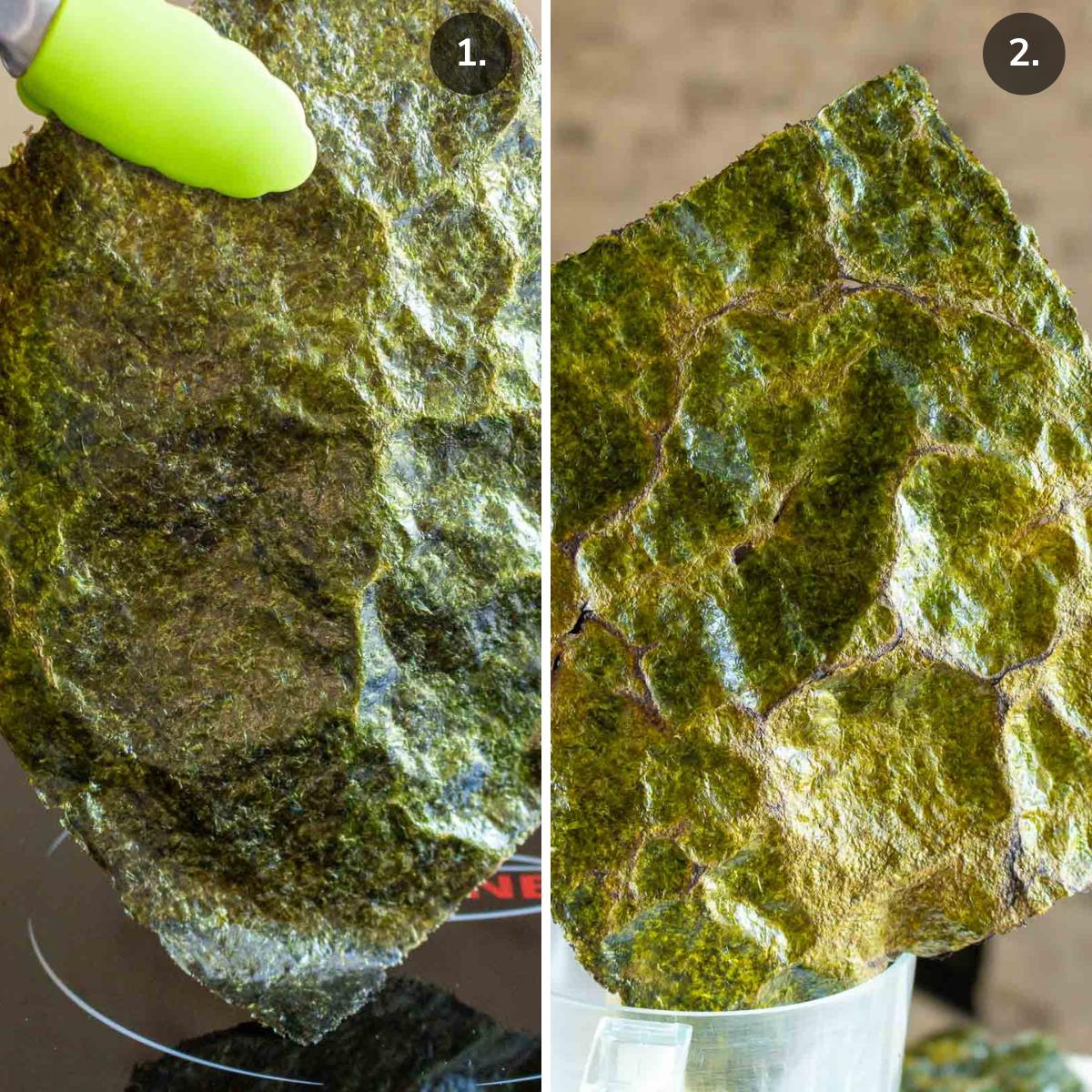
- Toast the dried roasted seaweed sheet directly over the stove top. Hold on to a corner of the seaweed sheet with a pair of tongs.
- Carefully, brush the sheet quickly back and forth on both sides over a low-medium heated stovetop. You can do this on a gas, electric or any type of stovetop.
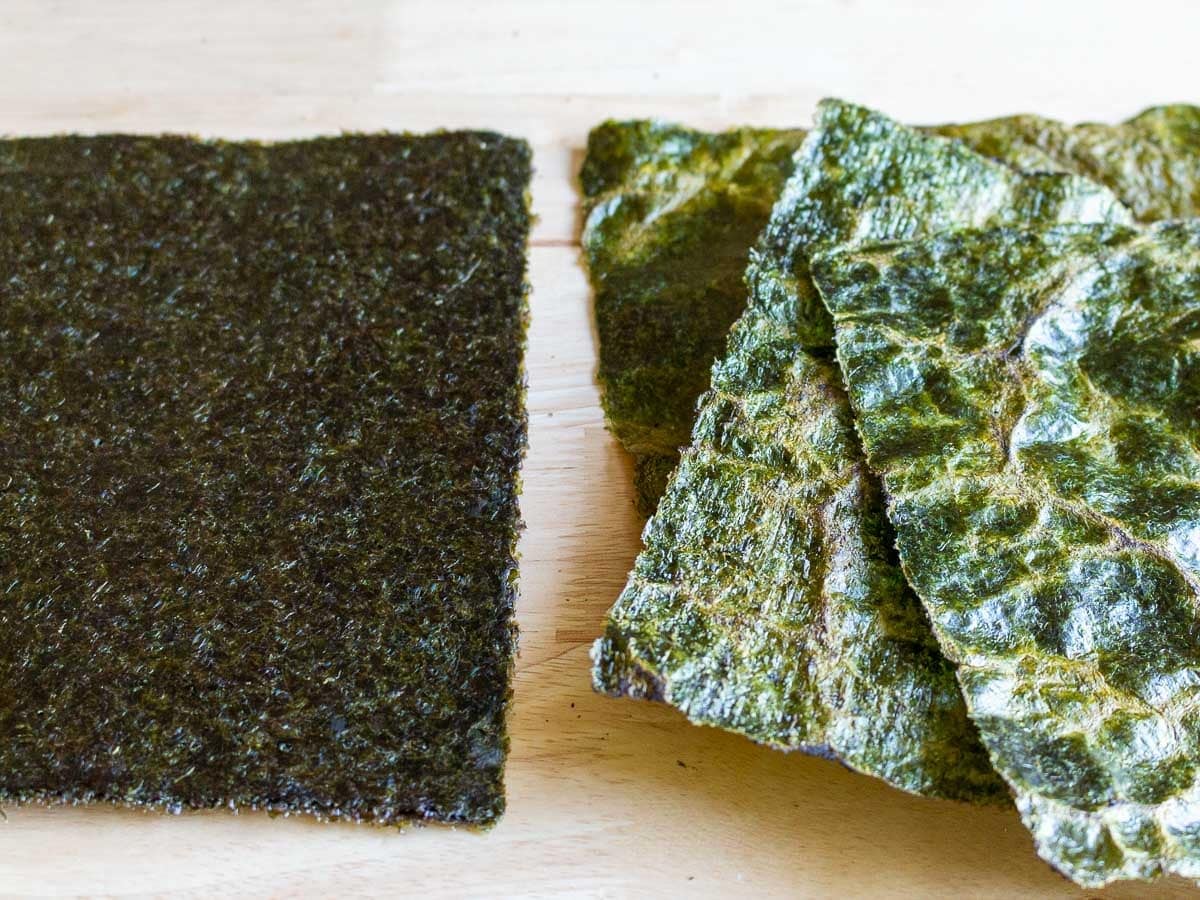
- Check out these visual ques in the photo above. Do you see how the seaweed (nori) sheets turned from a dark green to a bright Kelly-green color and have a tie-dyed look? Now, they are perfectly roasted.
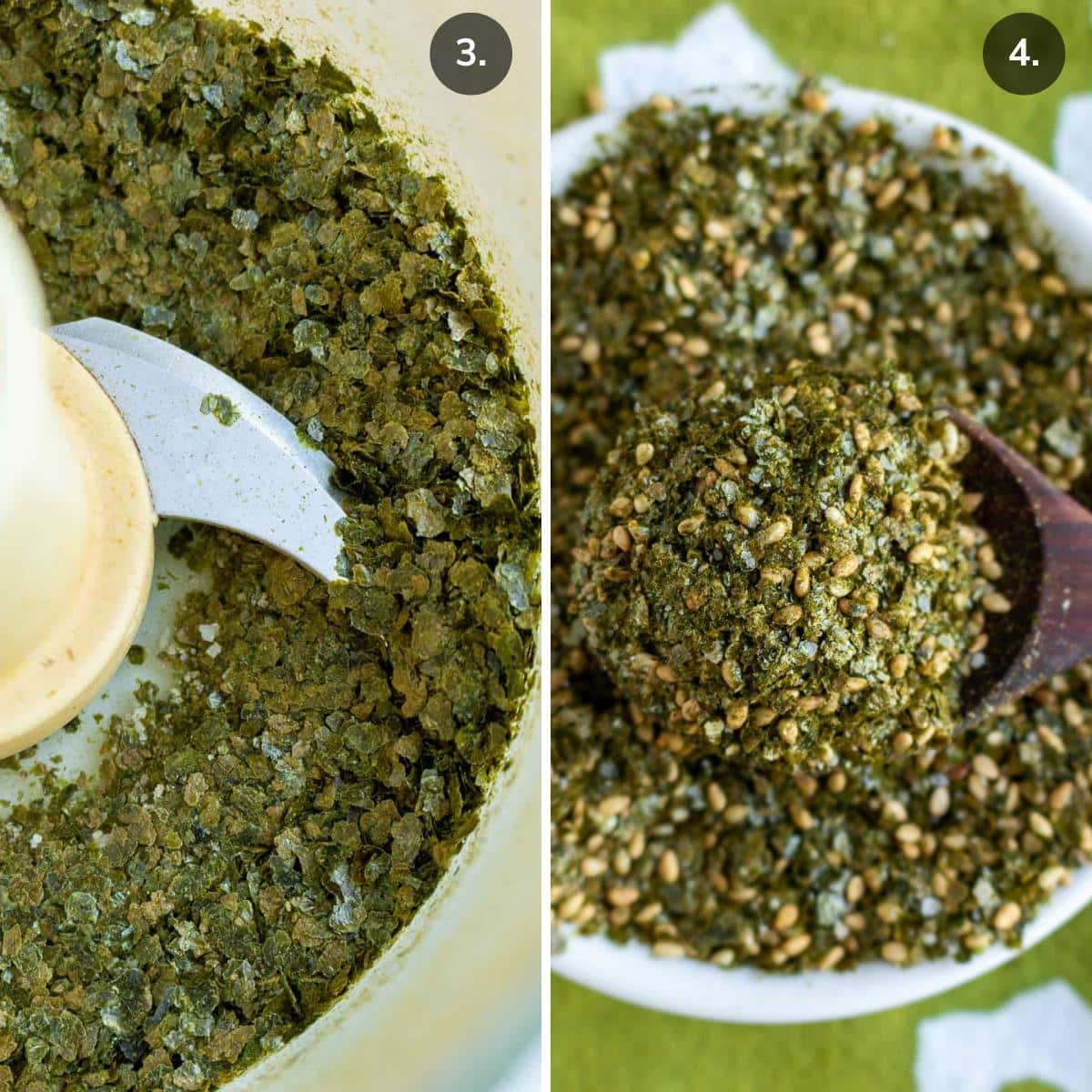
- Crumble the toasted seaweed sheets and place them in the food processor or high-powered blender. Add salt and any other seasoning you wish along with the crushed nori. Pulse into a sesame sized furikake seasonings.
- Next, add the toasted sesame seeds into the food processor. Pulse a couple of times just until the sesame seeds lightly break, and some are still whole.
- Have fun with additions. Try adding dried bonito flakes, chili flakes, wasabi powder, white pepper, sugar, dried shrimp, dried shiitake mushroom powder or any of your favorite dried seasonings.
- If you do not have roasted seaweed sheets, no worries. Instead, just add sesame seeds and salt together along with any other dried spices you like.
How to Make Rice Balls Hold Together?
Proper Ingredients
- Use short-grained sushi rice cooked per the package directions. Do not use long grained, brown, or black rice as these have different textures and are not sticky.
- To prevent the rice from sticking to your hands, dip your fingers into sesame oil or water and rub your hands together. Keeping your hands lubricated with water or oil will make it easier to roll.
- If you decide to add other veggies into the mixture, make sure that they are grated or chopped finely and cooked. In addition, the vegetables need to be cooked to remove any extra moisture. The ratio of cooked vegetables, including the kimchi to rice is 1 and ¼ cups vegetables to 3 cups cooked rice. If you add more, the balls may not hold together.
Technique
- Heat the rice before forming it into balls – just until warm so it is not too hot to handle. If you are using leftover rice, you can warm it in the pan or microwave with the rest of your ingredients. Cold rice does not stick together as well as warm rice.
- Don’t make the rice balls too large! The larger the ball, the more difficult it is to make them stick together. This easy recipe makes approximately eight 2 inch sized Korean treats. Using approximately ¼ cup of the kimchi rice mixture for each ball is just about right.
- After you grab a scoop of rice, squeeze it with both of your hands tightly. Using this firm pressure will help the balls stay in shape. Once you do this a few times, shape them into a round compact ball. Check out the video below as we demonstrate how to do this.
- Use a piece of plastic wrap around the balls and tie it tightly. If you have a hard time making a round shape or getting your balls to hold together, this technique is useful.
- Lastly, refrigerate these kimchi treats for 30 minutes before serving. This helps them hold their shape.
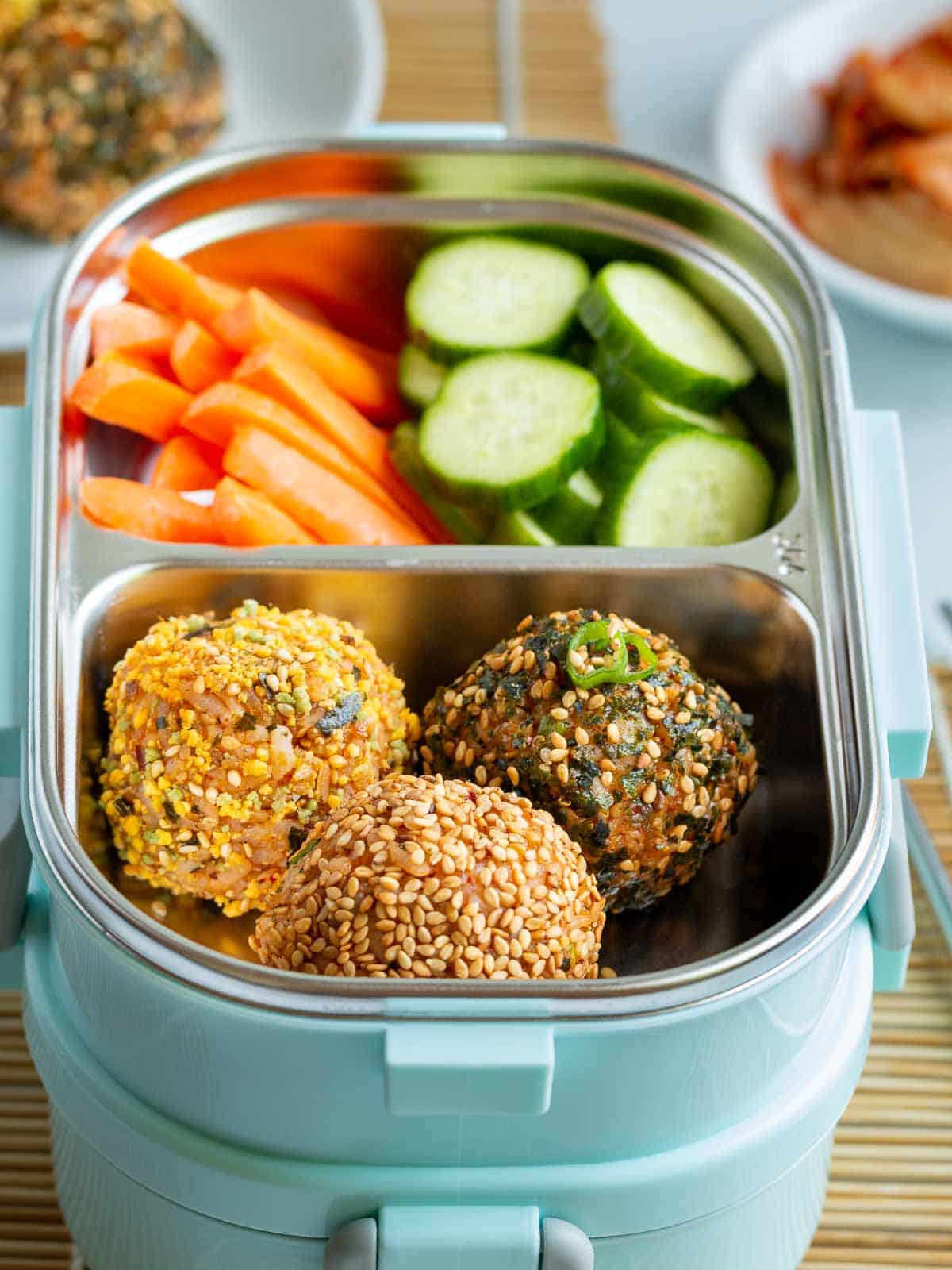
Favorite Fillings
Get creative and add fillings to your Korean rice ball recipe. The only caveat is they need to be finely chopped, seasoned, and stir fried to remove any extra moisture. Some of our favorite fillings are…
- Bibimbap or bulgogi beef
- Tuna mayo – this does not need to be stir fried.
- Sauteed minced shiitake mushrooms
- Stir fried vegetables.
How to Stuff?
Amp up the flavor with your favorite Asian fillings. This step is not required. However, it is a great way to use up all those bits and bobs of leftovers in your refrigerator. In addition, it’s a more substantial lunchtime option.
- It’s the same prep procedure as before. Lubricate your hands with sesame oil or water.
- Place about 2 tablespoons of the kimchi rice in your hand and flatten it out.
- Then, add about 1 teaspoon of your filling of choice.
- Place another 2 tablespoons of kimchi rice on top of the filling.
- Squeeze the rice and filling mixture together and form into a ball.
- Roll into the Korean Furikake rice seasoning.
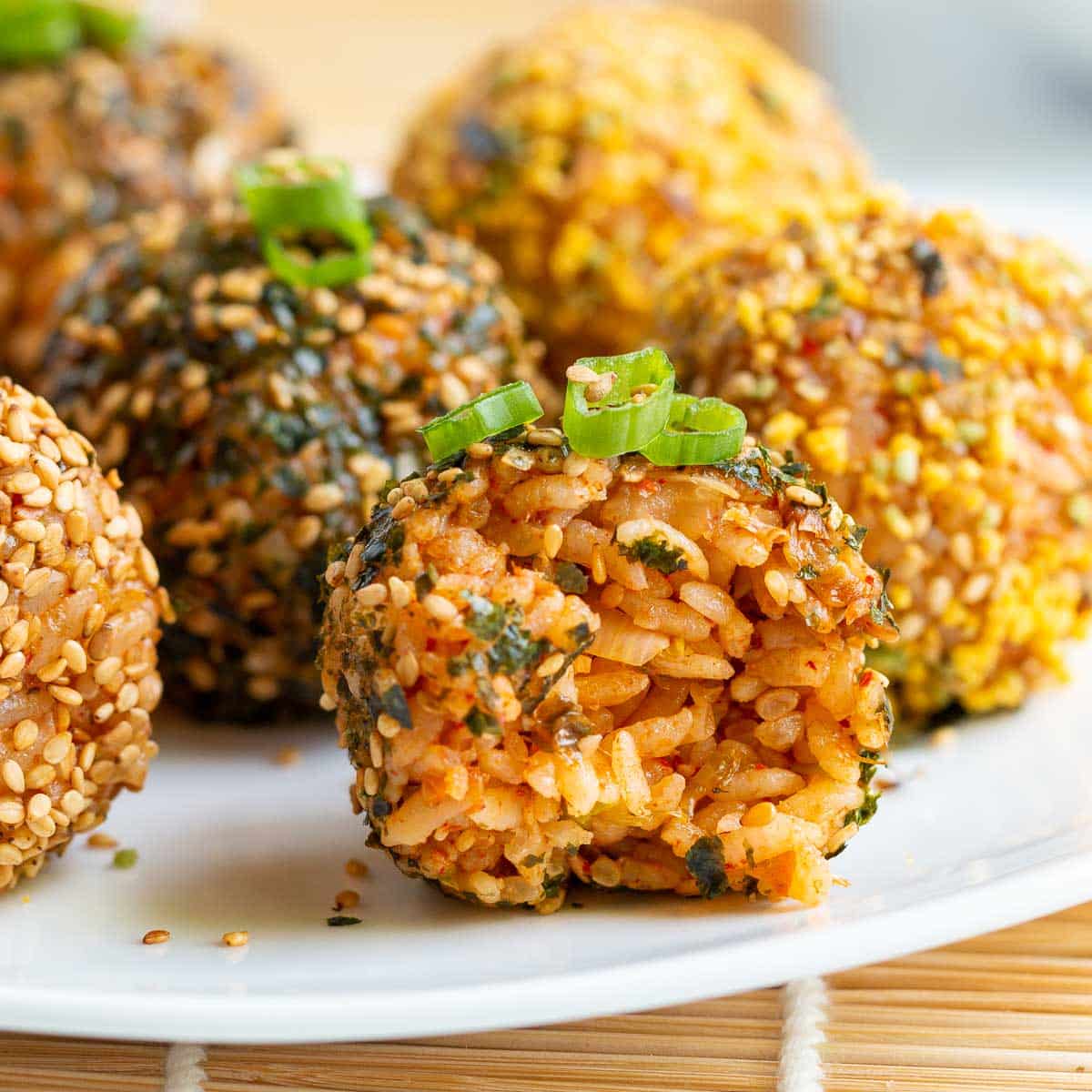
How to Serve?
This Korean kimchi and rice recipe can be served as a snack or part of a meal.
Bento boxes are a fun way to get the kids to eat school lunches. A bento box is a food safe container with a lid. It has separate sections, so food does not touch. If you’re a parent, you know the sky is falling and the world is ending if food is touching. Right? (Smiling)
However, something magical happens when you add bite sized fun to eat foods and colors in a box. If you have ever tried to get your kids to eat their sandwich or meal, you know this struggle is real. However, once we add fresh bite sized vegetables, fruits, maybe some tomagoyaki and a few rice balls - the box comes back empty every time.
Alternatively, serve kimchi rice balls as a part of a main meal with salmon cakes, salad, daikon pickles, miso soup or even beef rollups.
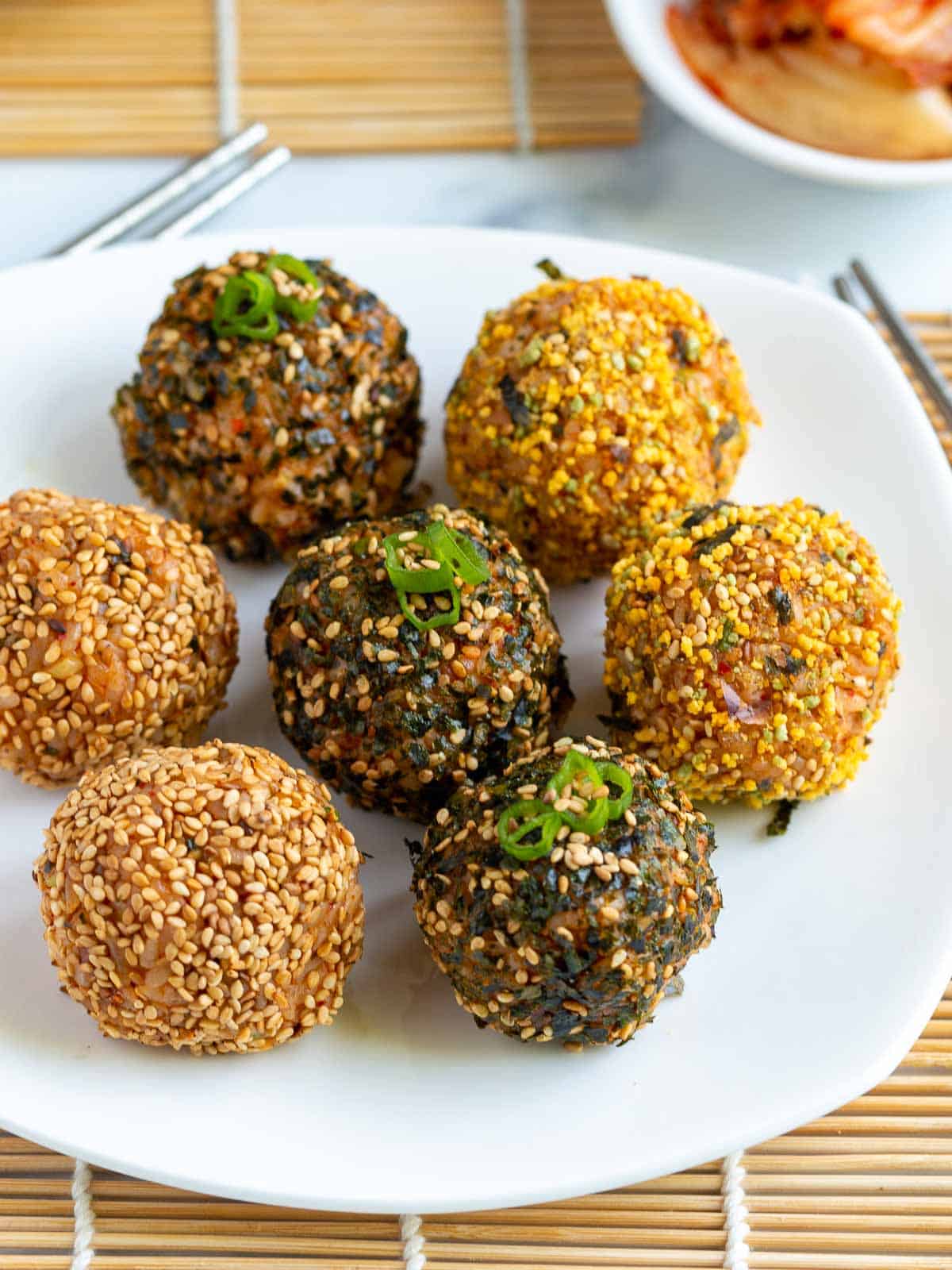
Frequent Asked Questions (FAQ’s)
You can make plain rice balls 2 to 3 days in advance and store them in a sealed container in the refrigerator. To prevent the rice balls from drying out, wrap each individually in plastic wrap before placing in the sealed container. We do not suggest freezing rice balls as it changes its texture.
Traditional kimchi is usually not vegan or vegetarian because it is made with fish sauce. You will need to double check the ingredient list before purchasing to confirm.
Japanese rice balls are usually flavored with only salt. However, Korean rice balls are seasoned with both salt AND toasted sesame oil.
Roasting seaweed lightly over the burner makes the nori seaweed sheets crispy so they crumble into small flakes that can be sprinkled on rice. In addition, it adds a delicious toasty flavor.
More Easy Bento Box Ideas
Did You Like Our Recipe? Leave a ⭐⭐⭐⭐⭐ rating and/or a review in the comments section below. Your feedback is always appreciated! Follow us for more delicious recipes on Pinterest, Instagram, Twitter and Facebook! Don't forget to sign up for our email list for more free recipes.
More Delicious Korean Recipes

Kimchi Korean Rice Balls
Equipment
- food processor or high speed blender optional - to make homemade Furikake rice seasoning
- tongs or chop sticks optional - to carefully toast the nori seaweed sheets
- pan
Ingredients
Homemade Furikake Rice Seasoning (optional) - Skip if using store bought
- 3 sheets laver (dried seaweed) nori sheets roasted (plain or seasoned)
- ½ teaspoon salt or to taste
- 3 tablespoons toasted sesame seeds
- sugar optional ingredient to taste if desired (we did not add any)
Korean Rice Balls
- 1 cup kimchi
chopped and drained - 2 green onions sliced
- 2 teaspoons sesame oil plus extra on the side to prevent your hands from sticking when rolling balls
- 1 teaspoon salt or to taste
- 1 teaspoon sugar or to taste - depends on the quality of kimchi.
- 1 tablespoon gochujang Korean Red Pepper Paste - or to taste. (Optional as it is spicy)
- 3 cups rice short grained cooked sushi rice
- 2 green onions sliced thinly
- 2 tablespoon sesame seeds
toasted - extra veggies of choice (optional) You can use up to a total of 1 and ¼ of vegetables and kimchi when combined together for a total of 3 cups of cooked rice. Make sure all your veggies are grated or cut finely and stir fried to remove any extra moisture.
- proteins or stuffing's of choice (optional) use up those cooked leftover beef bulgogi, bibimpbap beef, salmon or protein of choice chopped finely.
- Homemade Furikake Rice Seasoning or store bought (Recipe below)
Instructions
Homemade Furikake Seaweed Rice Seasoning (optional) - skip step if using store bought
- Turn a burner on to a low-medium heat. Hold the end of the seaweed sheet (nori or laver sheet) with a pair of tongs or chopsticks.
- Directly over the burner, briskly run the seaweed sheet back and forth. Do this fast and do not let it burn. The goal is to lightly toast the nori leaves all over on both sides to make them crispy. The color of the seaweed sheet will turn from a dark green to a bright Kelly green and have sort of a tie dyed look.
- Crumble the toasted nori seaweed sheets into the food processor or high powered blender. Add salt and sugar if desired. Pulse to chop until almost the size of a sesame seed. Then, add in toasted sesame seeds. Pulse just a few times so some of the sesame seeds are chopped and some are whole. Place half of the homemade furikake rice seasoning on a flat plate. Reserve the rest in a sealed container for another recipe.
Korean Rice Balls
- Finely chop kimchi, green onions and any extra cooked vegetables. (See recipe notes for additional vegetables and fillings)
- Add kimchi to the pan and stir fry until the moisture is released. (If you are not using a non-stick pan, add the sesame oil in first.) Then add the sesame oil, salt, sugar, optional gochujang paste, cooked short grained sushi rice and toasted sesame seeds. Stir fry until the rice is just warm and the ingredients are well incorporated. Set aside until the rice is warm but cool enough to touch.
- Lubricate your hands with sesame oil or water. Place approximately ¼ cup of WARM kimchi rice in your hand. With both hands, squeeze the ball tight a few times. Then form the rice into a round ball. (Alternatively, you can use a small sheet of plastic wrap to form a tight ball by twisting the end tight.) Repeat this process with the remainder of the rice. This recipe makes approximately 8 balls.
- Next, roll the kimchi rice balls in the homemade furikake seaweed rice seasoning.
- For best results, refrigerate Korean rice balls covered for 30 minutes. Enjoy
Video
Notes
- Use short-grained sushi rice cooked per the package directions. We used leftover cooked rice.
- Heat the rice before forming it into balls – just until warm so it is not too hot to handle.
- Dip your fingers into sesame oil or water and rub your hands together to prevent the rice from sticking to your hands.
- If you decide to add other veggies into the rice mixture, make sure that they are grated or chopped finely and cooked. In addition, the vegetables need to be cooked to remove any extra moisture. The ratio of cooked vegetables, including the kimchi to rice is 1 and ¼ cups vegetables to 3 cups cooked rice. If you add more, your kimchi rice balls may not hold together.
- Don’t make the rice balls too large! The larger the rice ball, the more difficult it is to make them stick together. This easy recipe makes approximately 8 golf ball Korean treats. Using approximately ¼ cup of the kimchi rice mixture for each ball is just about right.
- After you grab a scoop of rice, squeeze it with both of your hands tightly. Using this firm pressure will help the balls stay in shape.
- Use a piece of plastic wrap around the balls and tie it tightly.
- Lubricate your hands with sesame oil or water.
- Place about 2 tablespoons of the kimchi rice in your hand and flatten it out.
- Then, add about 1 teaspoon of your filling of choice.
- Place another 2 tablespoons of kimchi rice on top of the filling.
- Squeeze the rice and filling mixture together and form into a ball.
- Roll into the Korean Furikake rice seasoning.



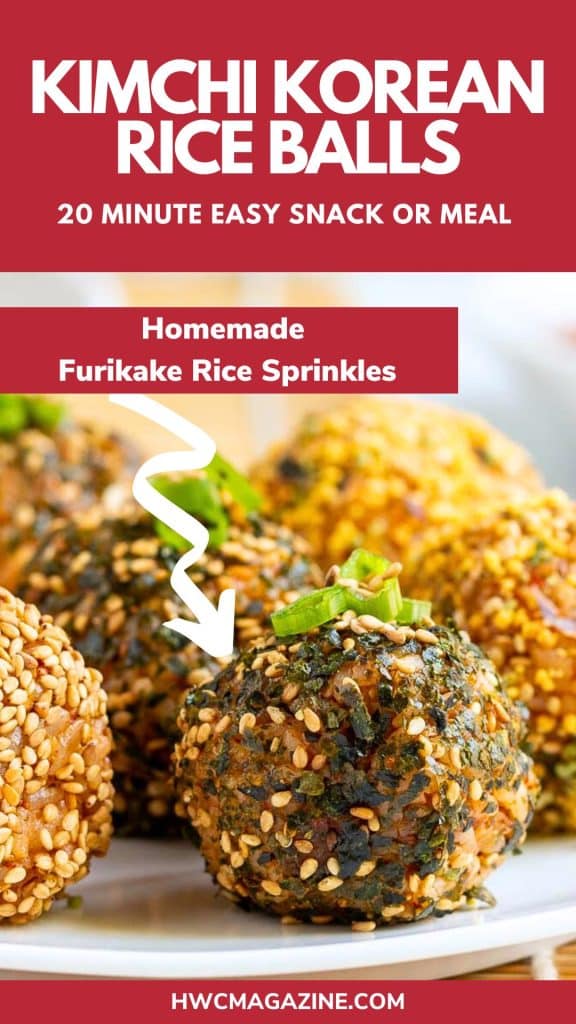
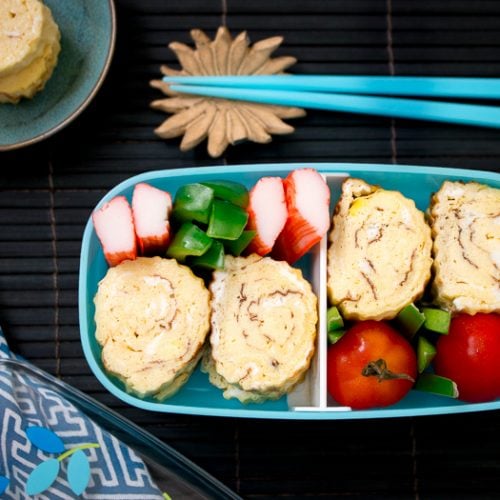
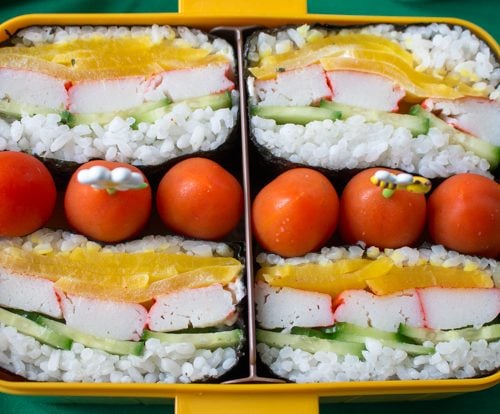
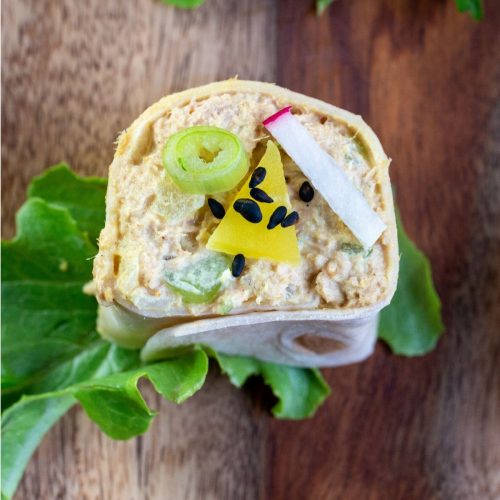
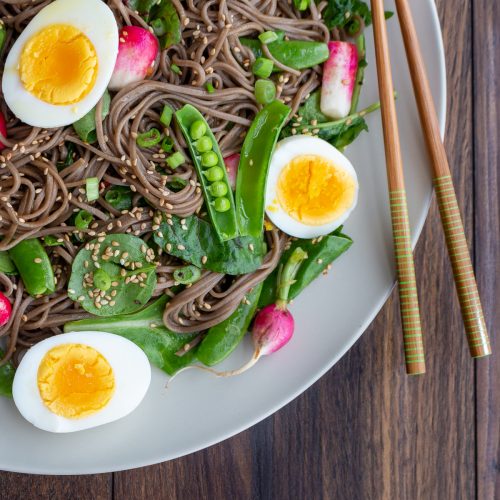
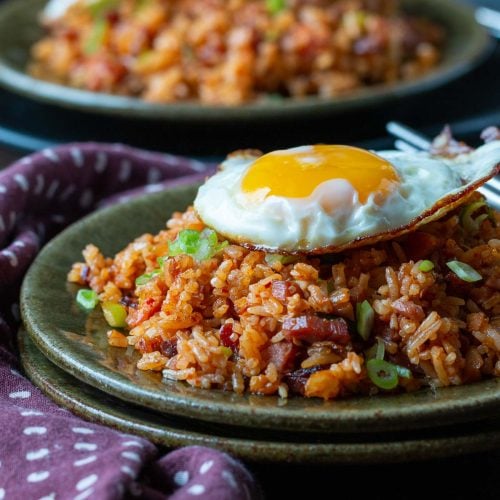
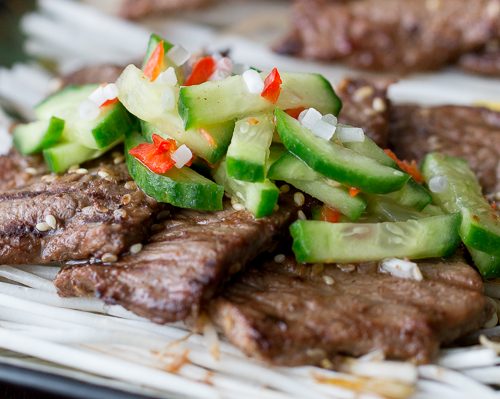
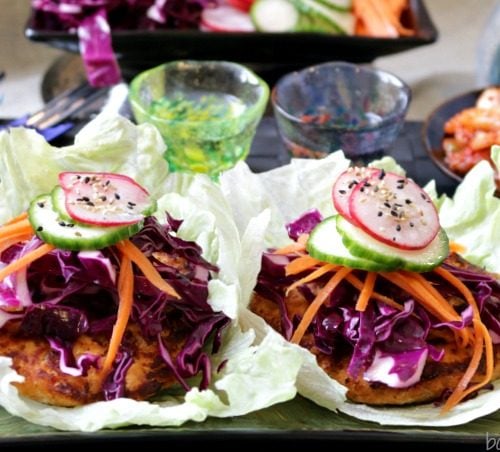
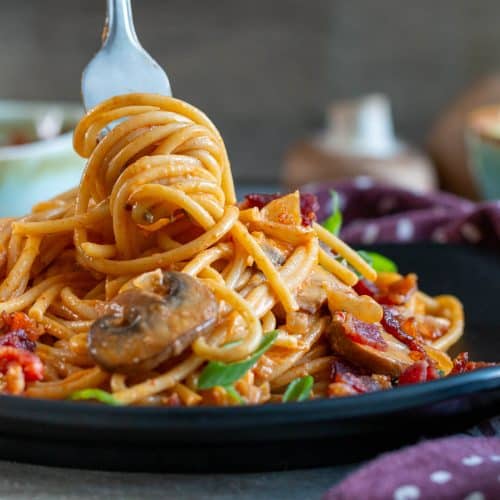
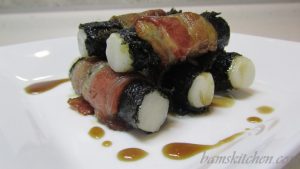
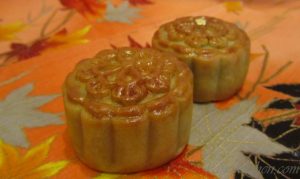

wok with ray says
This dish looks delicious with all of those colorful veggies and Sprite must be a great addition. Thank you for sharing the recipe. 🙂
Healthy World Cuisine says
Thanks Ray for stopping by. I am looking forward to reading your new posts this year as you have so many delicious dishes. I can't wait to give them a try. Take Care, BAM
Kay aka Babygirl says
Oh I just love Korean food but don't eat it a lot sadly. But this dish look s absolutely amazing. I have to save this recipe and try it out one day. Thanks for sharing this 🙂
Healthy World Cuisine says
This is the same with me. I love Korean food but do not eat it often. However, things are looking up for me now that I have a lovely new neighbor who can cook many Korean dishes.
Kristen says
So glad you shared this with us, despite all of the labor it took. What a fantastic dish!!
Healthy World Cuisine says
Thanks Kristin. Actually, it really was not that bad to make, I have made many other dishes that were much more labour intensive. Take care, BAM
Kathleen Richardson says
Love this dish. My son and I have a favorite restaurant when I visit him. I order bibimbap. They put it in the oven assembled so that the rice forms a brown crust where it touches the bowl, food is barely seasoned (add soy sauce or hot sauce yourself) and the egg is cracked on the food as soon as it comes out of the oven and it cooks on the way to the table. Anyways, love your (lengthy!) recipe and the fact that you and your neighbor cooked together for your families.
Healthy World Cuisine says
The crusty rice tidbits on the bottom of the hot dish are my favorite too!! I had to adjust the dish so that teenagers like it as well so that is why I made fried eggs instead of raw to stir in. Verdict by my "teenage QA analyst- plate cleaned"! So, I think that means he liked it.
Kathleen Richardson says
I'm with your boys, I would never want to stir in a raw egg. By the time our hot, hot dishes would reach the table, the egg would be at the easy-over stage. I have the feeling it's a carefully planned thing as many of the restaurant patrons would agree with the boys. Either way, it's a great dish and I was pleased to see you included it.
ceciliag says
This looks stunning and pretty healthy too as a lot of korean dishes are.. colourful food is the best! c
Healthy World Cuisine says
Thanks Celcilia for stopping by so that I could find your website. I love eating the rainbow of fresh veggies.
Tandy says
awesome blog post! My hubby and I cook together most nights - it means we are together 🙂
Healthy World Cuisine says
Thanks Tandy, Cooking together definitely creates a special bond between people. Take Care, BAM
thecompletecookbook says
I want to come and visit to cook this with you too. Delicious and I love your little bowls too.
🙂 Mandy
Healthy World Cuisine says
Thanks Mandy! Actually, BAM's Kitchen was live on location at Yoonsun's apartment, just next door, using of all of her cute little Korean dishes. We had a blast, standing on chairs, getting the lighting just right to get those perfect culinary shots. Take care, BAM
Wholesome Cook says
Sounds great, I really enjoy eating out at Korean restaurants but never realised there was sprite in the mince! You learn something every day!
Healthy World Cuisine says
Actually the real surprise to me was when not one but both of my Korean friends told me to marinade the beef in Kiwi juices and not Asian pears. So there you have it... Kiwi fruit and 7 UP/Sprite or some kind of lemon lime drink to marinade, tenderize, and give a little sweetness to the beef. Its delicious. Take care, BAM
Jen says
I love bibimbap! I went to Korea last year and this is one of the things I make regularly after having it out there! Yours looks delish!
Healthy World Cuisine says
Hello Jen. Do you marinate your beef with kiwi and sprite too? I will have to check out your blog to see if you have it posted. Take care, BAM
Baking with Sibella says
I would love to try this! It looks soooo delicious!!! I am not too good at cooking Asian food, but love to learn. For the first time this New Year's Eve I made homemade Vietnamese egg rolls and I am never going to buy egg rolls again! I just love how you said that cooking with friends not only feeds your family, but it feeds your soul - so true! I will copy that in my book of great sayings/thoughts! 🙂
Healthy World Cuisine says
Thanks Sibella for your kind words. Actually, I am just the opposite of you. I prefer to make savory dishes from every continent, including, Asian dishes. However, I do not like to make anything where I actually have to measure and sift your ingredients like you do in baking. That is why I admire you so much. Take care, BAM
Joanne Ozug says
My mom is from Seoul and this is the kind of thing I grew up eating. I love bi bim bap...this makes me really happy!
Healthy World Cuisine says
Kamsa Hamnida! What other kinds of yummy treats from Seoul do you know how to make? Take Care
thebigfatnoodle says
This looks amazing. I haven't had Korean food in ages and you've reminded me that I really need to. When Chinese people eat steamboat, we sometimes dip the beef or meat into a raw egg but fried definitely works too. I really want to try your beef marinade, adding soda to it is something I'd never heard of before. Is that just for sweetness or does it help to tenderise the meat as well?
Healthy World Cuisine says
In Japan, we always used raw egg to dip our sukiyaki in as well as salmonella is not an issue there. The use of lemon lime soda is used both for sweetness and also used an acid to help with tenderizing. In many countries cola, lemons, limes, kiwis, pineapples and all kinds of fruits can also be used to act as a tenderizer.
Zoe @ Pantry and Fridge says
How I do love your posts and recipes. This looks delicious like always. I love the way you write and your insight is so on target. I agree wholeheartedly about cooking with friends. I don't really have anyone that can share that with me - wish I did. Strange, but I don't have any foodie friends. :/
I might get the courage to try this, it's exactly the type of meal I love.
Can't wait to see what's next 🙂
Healthy World Cuisine says
Of course you have cooking buddies!!!! All of us fellow bloggers and followers are your cooking buddies. We might live in another country but we get a birds eye view of your kitchen when you post your recipes. Take care, BAM
Rufus' Food and Spirits Guide says
Oh this is wonderful. Katherine's wanted to do this since she had it in London. Korean restaurants are sorely underrepresented here. This looks wonderful, yes, I already said that, but I'm excited!
Healthy World Cuisine says
Give it a try Greg. I did not think it was really that hard to make, just lots of ingredients and some tedious steps but no worse than making our "timpano pasta dome". I am hoping to learn how to make some more delicious Korean dishes soon with my cooking buddy. I agree. I think Korean dishes has been way underrepresented in the the world of food blogging.
Just A Smidgen says
Oh, your Mr. Anonymous is very lucky! You are also so fortunate to have a Korean neighbor/chef next door. This dish is so complex and very unique, it would be the perfect dish to make with someone the first time. I have an Anonymous commenter.. who always leaves the loveliest comments... but according to the I.P. address it is somewhere out of Africa! So not my better-half!!
Healthy World Cuisine says
Hello Smidge! We are so very lucky just to have a Korean neighbor that not only likes to cook but is such a lovely friend. I am blessed! I think it is wonderful that you also have a anonymous commenter it makes life more interesting. Take care